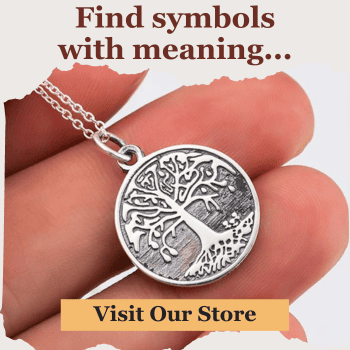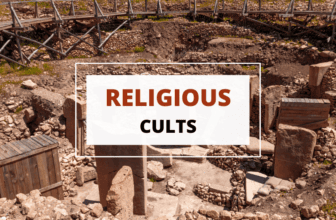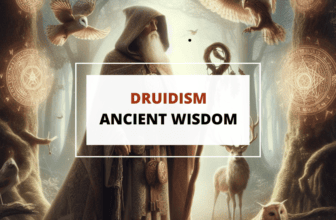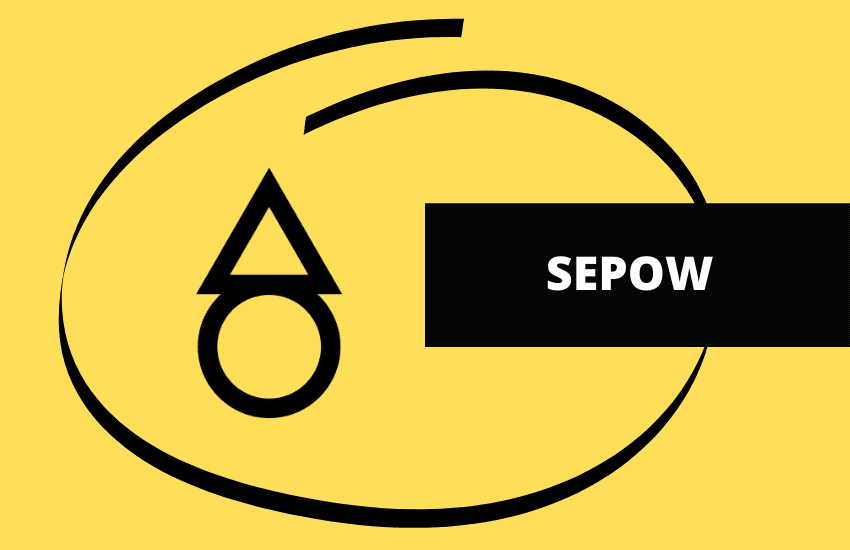
Table of Contents
The sepow (meaning knife) is an Adinkra symbol of justice, honesty, punishment, slavery, and captivity.
What is Sepow?
The sepow (pronounced se-po) is a West African symbol featuring a circle with a triangle placed directly above it. It’s believed to be the knife of executioners, who used to torture their victims by tearing through their faces with it, before finally killing them.
The Akans believed that before being executed, the victim could curse the king for ordering the execution. Due to this, the executioner would thrust the knife into the victim’s cheek and tear the mouth open before he could place the curse.
Symbolism of Sepow
The sepow is a popular symbol of justice and authority in West Africa, signifying the executioner’s power and authority over the person to be executed. It’s said that a person who wears the sepow symbol suggests that he has faced many obstacles and adversities, which he has overcome with difficulty.
FAQs
The word ‘sepow’ means ‘an executioner’s’ knife’.
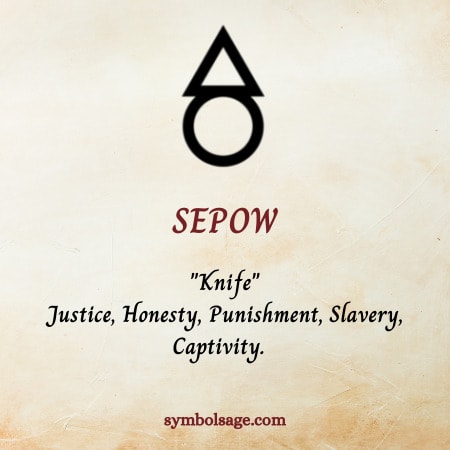
What Are Adinkra Symbols?
Adinkra are a collection of West African symbols that are known for their symbolism, meaning and decorative features. They have decorative functions, but their primary use is to represent concepts related to traditional wisdom, aspects of life, or the environment.
Adinkra symbols are named after their original creator King Nana Kwadwo Agyemang Adinkra, from the Bono people of Gyaman, now Ghana. There are several types of Adinkra symbols with at least 121 known images, including additional symbols that have been adopted on top of the original ones.
Adinkra symbols are highly popular and used in contexts to represent African culture, such as artwork, decorative items, fashion, jewelry, and media.


